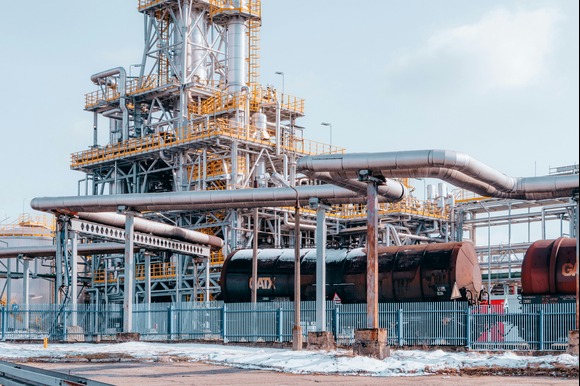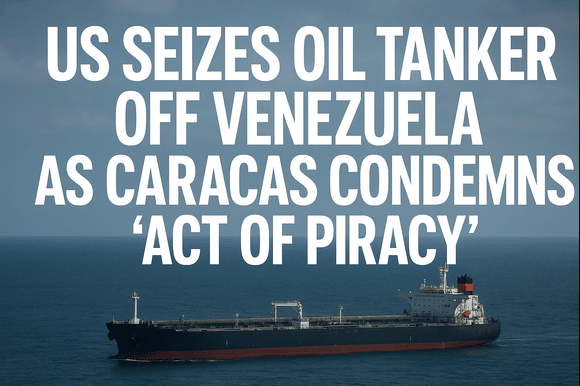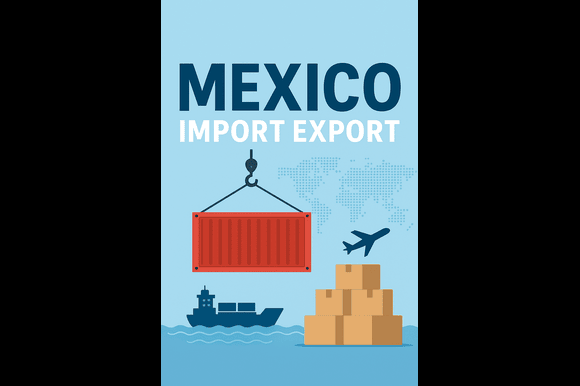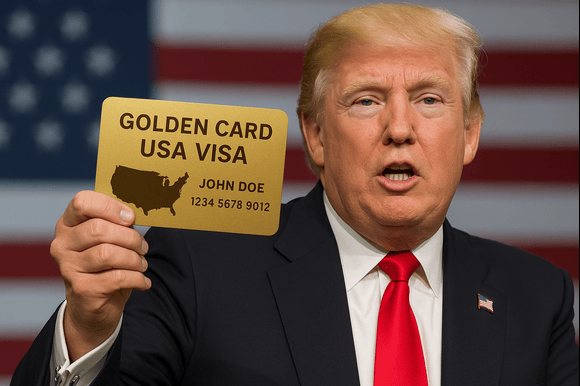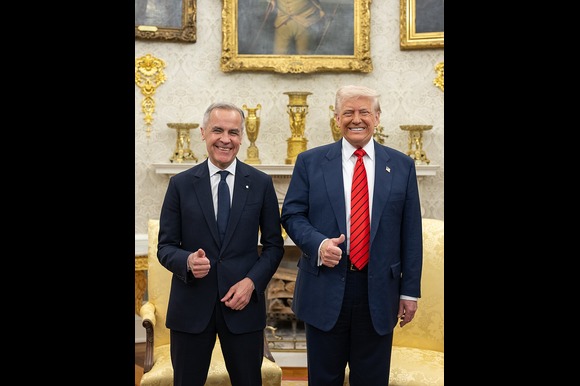
The White House
Former U.S. President Donald Trump has announced a sweeping escalation of his ongoing trade war, declaring a 35 percent tariff on imports from Canada starting next month. He also signaled the possibility of blanket tariffs ranging between 15 and 20 percent on most of America’s other trading partners, intensifying global trade tensions.
In a letter posted Thursday on his social media platform, Trump informed Canadian Prime Minister Mark Carney that the new tariff would take effect on August 1. He added that the rate could increase if Canada retaliates. This latest move follows a series of more than 20 letters issued by Trump this week alone, in which he threatened tariffs against numerous global economies.
The announcement came as a surprise to many observers, as it follows what appeared to be a recent thaw in relations between Trump and Carney. The two leaders held a cordial meeting at the White House on May 6 and met again at the G7 summit in Canada last month, where other world leaders had urged Trump to ease back on his aggressive tariff strategy.
In an interview with NBC News released Thursday, Trump indicated that letters would not necessarily be sent to all countries impacted by the tariffs. “Not everybody has to get a letter. You know that. We’re just setting our tariffs,” he told the outlet. “We’re just going to say all of the remaining countries are going to pay, whether it’s 20 percent or 15 percent. We’ll work that out now,” he added.
Trump has already implemented new tariffs on a range of countries in recent days, including traditional allies Japan and South Korea. He has also imposed a 50 percent tariff on copper imports. On Friday, Myanmar — which is now subject to a 40 percent tariff — urged Trump to consider a reduction. According to state media, Senior General Min Aung Hlaing expressed readiness to send a negotiating team to Washington to seek relief.
In Southeast Asia, the Philippines is also dealing with steep U.S. tariffs. Philippine Secretary of Foreign Affairs Theresa Lazaro confirmed to Reuters in Malaysia that President Ferdinand Marcos Jr. will travel to Washington later this month to discuss the 20 percent tariff currently imposed on Manila, as well as broader mutual defense concerns.
Meanwhile, Canada and the United States remain entrenched in tense trade negotiations, racing to reach a resolution by July 21. The latest tariff threat casts doubt over whether that deadline can still be met. Both Canada and Mexico are seeking a compromise that might satisfy Trump’s administration and keep the trilateral trade deal — the United States-Mexico-Canada Agreement (USMCA) — intact.
The USMCA replaced the North American Free Trade Agreement (NAFTA) in July 2020, after Trump spearheaded a renegotiation during his first term. Although the agreement was not scheduled for a formal review until next year, Trump has expedited the timeline by aggressively launching trade actions after returning to office in January.
Initially, both Canadian and Mexican goods were hit with 25 percent tariffs, although Canadian energy exports were subject to a lower rate. Trump has justified the punitive measures by accusing both nations of insufficient efforts to curb illegal immigration and drug trafficking across U.S. borders.
Nevertheless, Trump eventually granted exemptions for many goods traded under the USMCA, softening the impact of his tariffs on certain sectors. One notable example was potash, a key fertilizer component, which received a lower tariff rate as part of the exemptions.
As the Trump administration ramps up its tariff strategy once again, businesses, trade partners, and policymakers alike are bracing for another round of economic uncertainty and geopolitical fallout.

